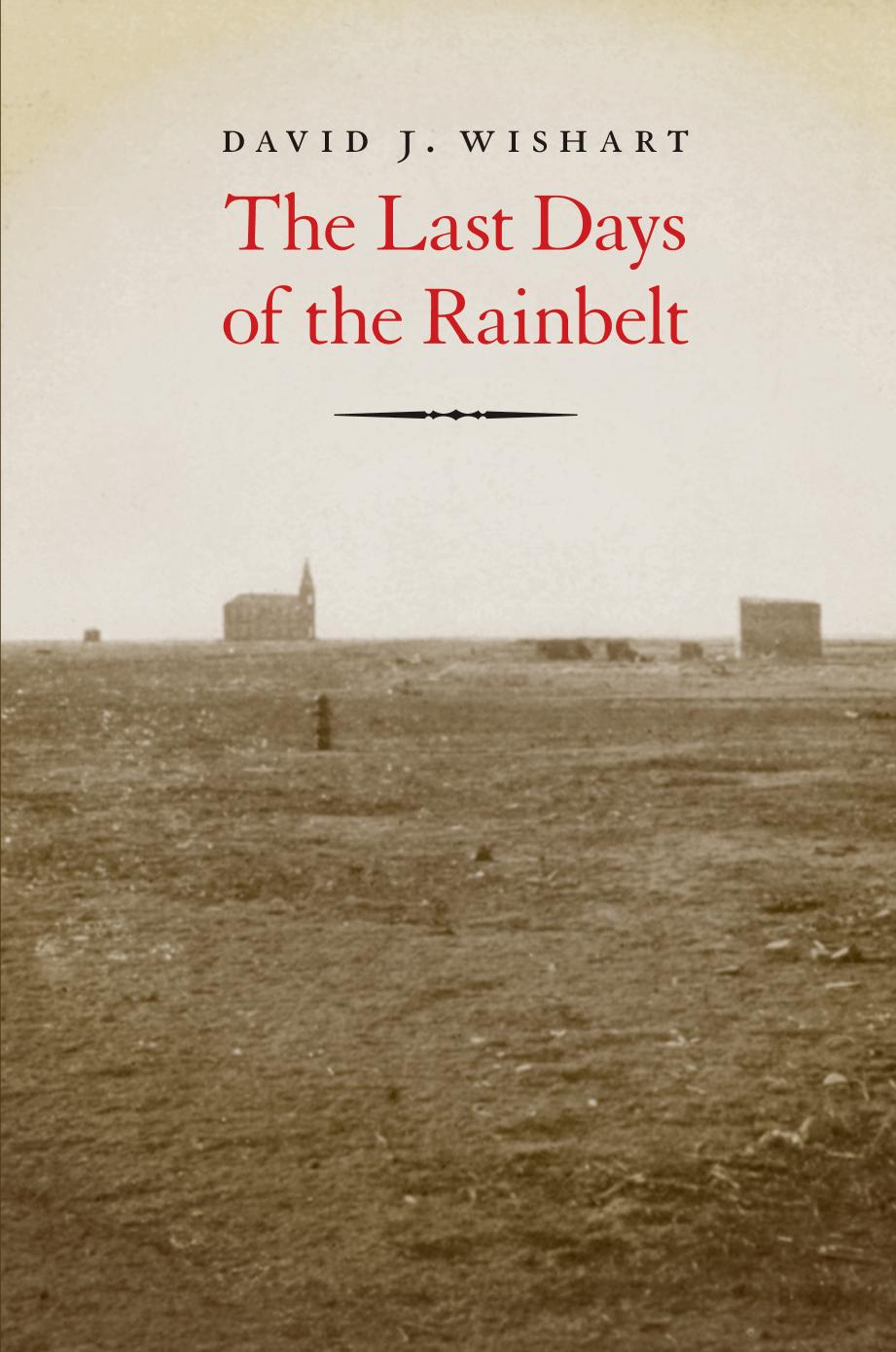The Last Days of the Rainbelt by David J. Wishart

Author:David J. Wishart [Wishart, David J.]
Language: eng
Format: epub, pdf
ISBN: 978-1-4962-0942-9
Publisher: UNP - Bison Original
Published: 2018-06-14T16:00:00+00:00
4
The Last Days of the Rainbelt, 1890–1896
Following the dry year of 1890, and the associated population exodus, a very wet year in 1891 and a year of sporadic but generally adequate rainfall in 1892 restored faith in the promise of the Rainbelt. In Julesburg, John G. Abbot remembered “two years of golden harvest” in 1891 and 1892, and similar recollections of halcyon days came from all around the region.1
Local newspapers trumpeted the success: the Akron Pioneer, for example, reporting on December 2, 1892, from “The Garden Spot of the Famous Rain Belt,” claimed universally high soil fertility over all of Washington County and assured prospective settlers that abundant crops could be raised with “half the effort” needed to the east. The dry year of 1890 was declared an aberration.2
Resilient settlers came back to give it another try. George Washington Franklin, having spent two years getting by as a hired hand in western Iowa (but also learning his photography trade, as well as shorthand and telegraphy, and reading such books as Everybody’s Handbook of Electricity — he was a tireless self-improver), harnessed up his mare, Nellie, and “started back to Nebraska.” In Fort Morgan, newspaperman Lute Johnson, who had seen enough to believe that farming would only succeed with irrigation in Morgan County, was incredulous at the Rainbelters’ renewable enthusiasm — at the way “they came, starved, moved out in legions, came again.”3
Download
The Last Days of the Rainbelt by David J. Wishart.pdf
This site does not store any files on its server. We only index and link to content provided by other sites. Please contact the content providers to delete copyright contents if any and email us, we'll remove relevant links or contents immediately.
| Africa | Americas |
| Arctic & Antarctica | Asia |
| Australia & Oceania | Europe |
| Middle East | Russia |
| United States | World |
| Ancient Civilizations | Military |
| Historical Study & Educational Resources |
The Body: A Guide for Occupants by Bill Bryson(4974)
Liar's Poker by Michael Lewis(3369)
Into Thin Air by Jon Krakauer(3312)
Tuesdays With Morrie by Mitch Albom(2696)
Into the Wild by Jon Krakauer(2582)
The Diamond Cutter by Geshe Michael Roach(2019)
My Dark Places by James Ellroy(1881)
Columbine by Dave Cullen(1816)
Helter Skelter: The True Story of the Manson Murders by Vincent Bugliosi & Curt Gentry(1699)
Extraordinary, Ordinary People by Condoleezza Rice(1468)
Everything in Its Place by Oliver Sacks(1445)
Pilgrim at Tinker Creek by Annie Dillard(1390)
Into the wild by Jon Krakauer(1383)
You Can't Touch My Hair by Phoebe Robinson(1360)
The Girls: Sappho Goes to Hollywood by Diana McLellan(1281)
Dark Towers by David Enrich(1205)
Betrayal by Gregg Olsen(1203)
Call Sign Chaos by Jim Mattis & Bing West(1186)
The Letters of Allen Ginsberg by Allen Ginsberg(1113)
